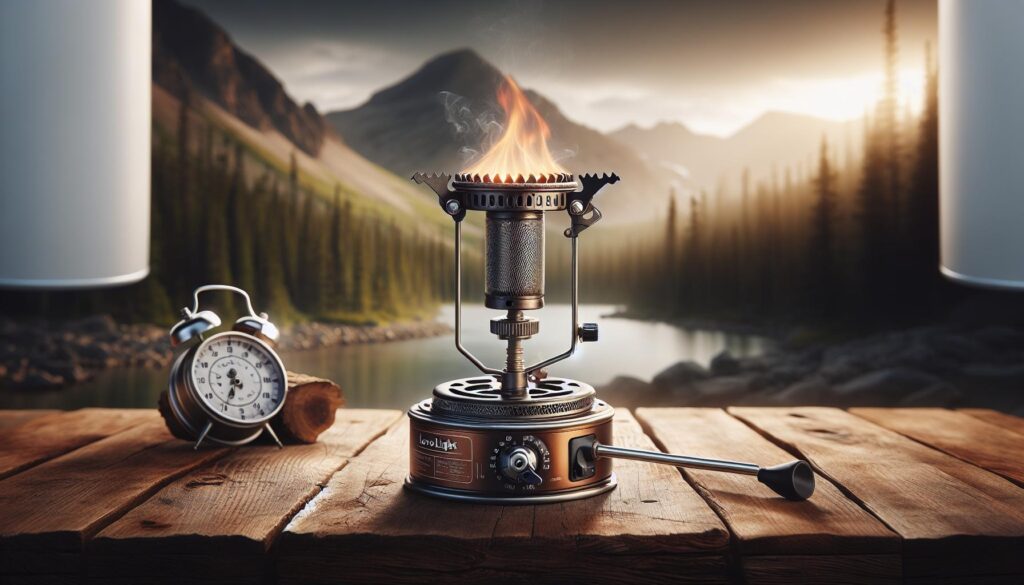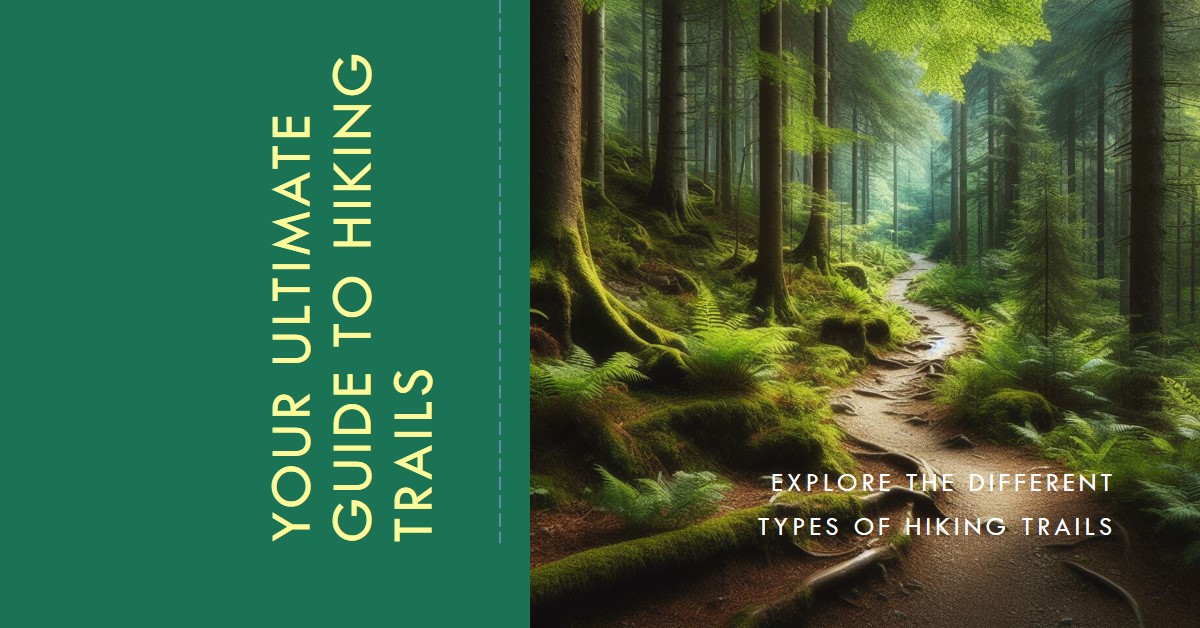Standard Canister Sizes
| Canister Size | Fuel Capacity | Burning Time |
|---|---|---|
| Small | 100g | Approximately 1 hour |
| Medium | 230g | Approximately 2-3 hours |
| Large | 450g | Approximately 4-5 hours |
When it comes to canisters for your stove, it’s important to understand the different sizes available and how they affect your fuel capacity and burning time. Standard canister sizes are categorized as small, medium, and large. A small canister typically has a fuel capacity of 100g and can provide approximately 1 hour of burning time. A medium canister has a fuel capacity of 230g and can last for approximately 2-3 hours. Finally, a large canister has a fuel capacity of 450g and can provide approximately 4-5 hours of burning time.
These estimates may vary depending on the specific stove and cooking conditions, but they give you a general idea of how long a canister stove can last. It’s always a good idea to carry extra fuel canisters when venturing into the outdoors to ensure you have enough fuel for your cooking needs.
Factors Affecting Canister Stove Burning Time
When it comes to the burning time of a canister stove, there are several factors that can affect how long it will last. One of the main factors is the fuel type used in the stove. Different fuels have different energy densities and burn rates, which can impact the overall burning time. Another important factor is the burner efficiency of the stove. Stoves that are designed to efficiently convert fuel into heat will have longer burning times. Lastly, environmental conditions such as temperature, wind, and altitude can also affect the burning time of a canister stove. Cold weather and high altitude can cause fuel to burn less efficiently, resulting in shorter burning times. It’s important to consider these factors when planning for a camping or backpacking trip to ensure you have enough fuel to last the duration of your adventure.
Testing Canister Stove Burning Time
The burning time of a canister stove can vary depending on several factors. To determine the burning time, an experimental setup was conducted. In this setup, the fuel consumption test was carried out, where the stove was ignited and the time taken for the fuel to burn completely was measured. The backcountry cooking time was also analyzed, considering factors such as the type of meal being cooked and the cooking process. By calculating the fuel usage during the cooking process, an estimate of how long a fuel canister will














